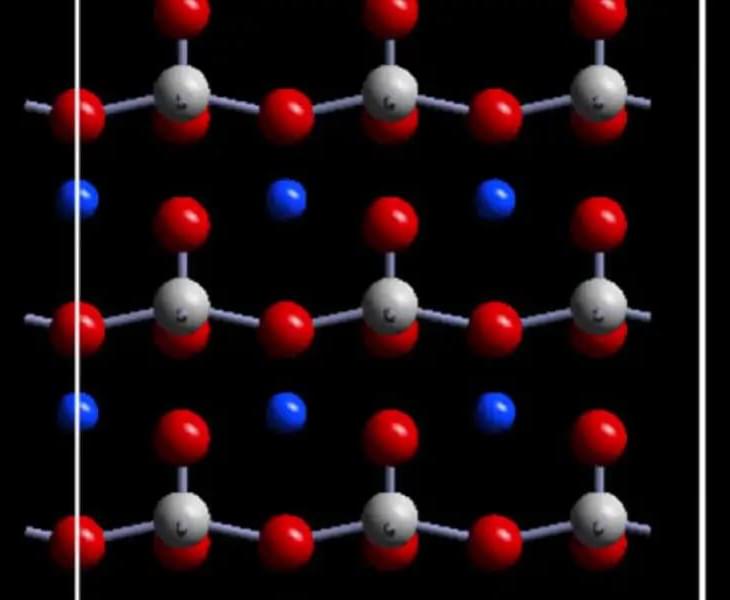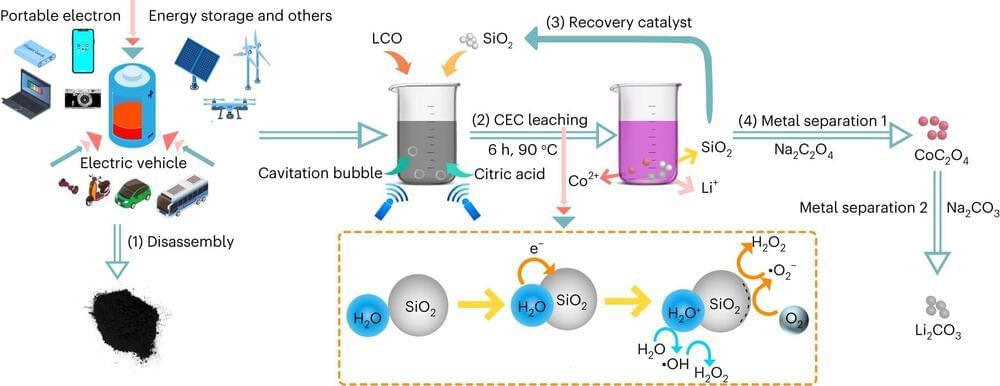Revolutionizing Musculoskeletal Health Through Microcapsule Drug Delivery — Dr. @George R. Dodge, Ph.D. — CEO & Co-Founder — Mechano-Therapeutics LLC
Dr. George R. Dodge, Ph.D. is CEO & Co-Founder of Mechano-Therapeutics LLC (https://mechano-therapeutics.com/), a biotechnology company spun out from his lab, and the labs of his partners Dr. Rob Mauck and Dr. Daeyeon Lee, at the University of Pennsylvania, specializing in microcapsule development using proprietary microfluidics for drug encapsulation, with a mission to revolutionize musculoskeletal health using an innovative platform technology to enhance delivery of therapeutics for improving patient outcomes.
Dr. Dodge recently served on the faculty of Orthopaedic Surgery, Perelman School of Medicine, University of Pennsylvania; as Director, Philadelphia VA Shared Instrument Core; and Director, Translational Musculoskeletal Research Center, Philadelphia Crescenz Veterans Administration Medical Center, Department of Veteran Affairs.
Dr. Dodge has a B.S. (Biology) from Asbury College, a B.S. (Biology and Health Science / Public Health) from State University of New York, a Ph.D. (Biochemistry and Immunology) from McGill University, and did Post-Graduate work in Molecular and Cell Biology, at Thomas Jefferson University Department of Pathology and Cell Biology.
Dr. Dodge is an established investigator with a career long commitment to translational musculoskeletal research and in particular research focused on cartilage and chondrocyte biology, extracellular matrix and research related to osteoarthritis.







